
The Samcheong-dong area is frequently visited not only by Koreans but also by foreign travelers. This is because it is home to many cultural facilities such as art museums and galleries located close to Seoul’s four major palaces, and still retains many traditional hanok houses, making it known as the most "Korean" neighborhood in the city. Located between Samcheong-ro and the Blue House, Palpan-dong is a place even Seoul residents are not well acquainted with.

The name “Palpan-dong” comes from the fact that as many as eight (pal) current and former ministers (pansŏ) lived here. These pansŏ of the Six Ministries were high-ranking officials equivalent to today’s ministerial level (Jeong 2-pum). It may be hard to believe that such high officials lived together in this narrow neighborhood, but considering that the Six Ministries were located in front of Gwanghwamun during the Joseon Dynasty, it is possible that Palpan-dong was a residential area conveniently located for commuting. A walk through Palpan-dong begins at ‘Jinsun Book Café’, which used to be run by Jinsun Publishing. Today, it operates as a gallery-café displaying various art pieces. Escaping the crowds, I turned into an alley off Samcheong-ro. Under a quiet atmosphere, stylish accessory shops and old tiled-roof houses stood side by side across the narrow alley.
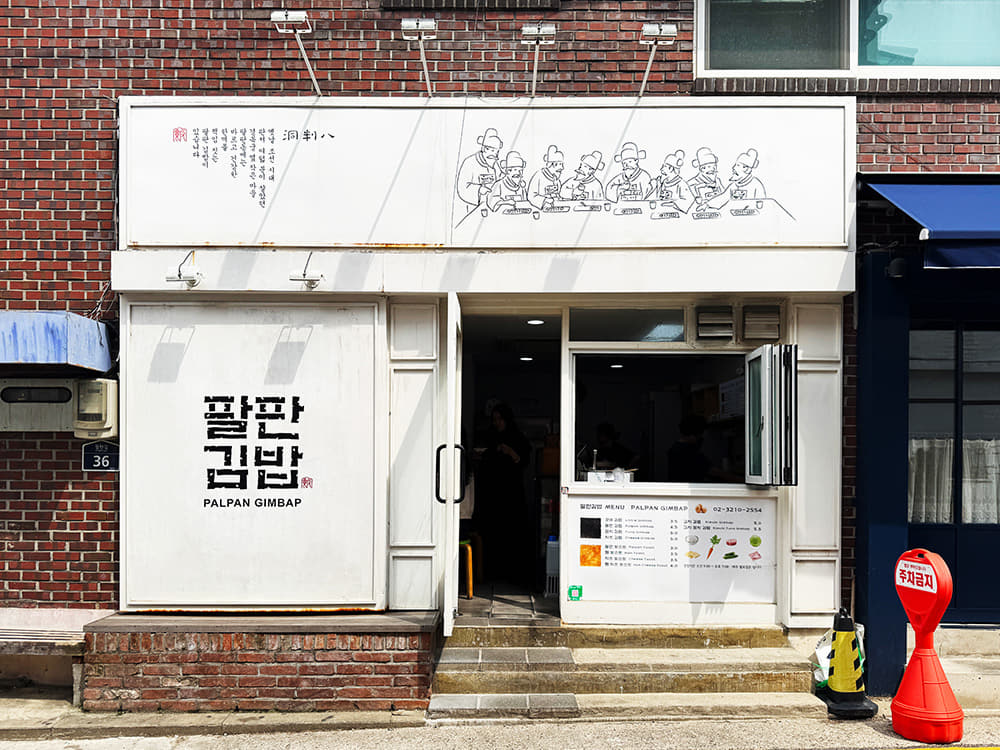
Korean Soul Food, Packed with Flavor: Palpan Gimbap
Gimbap, filled with fresh vegetables, protein, and carbohydrates, makes for a well-balanced meal. Because it is not greasy and has a light flavor, it is also popular among foreigners who prefer healthy food. Palpan Gimbap, which was featured on the TV variety show You Quiz on the Block, is a famous spot known for long lines. The menu is simple: gimbap, toast, and fish cake. The signature menu item, Palpan Gimbap, contains less rice and a generous assortment of fillings, letting the natural flavor of the ingredients shine through.
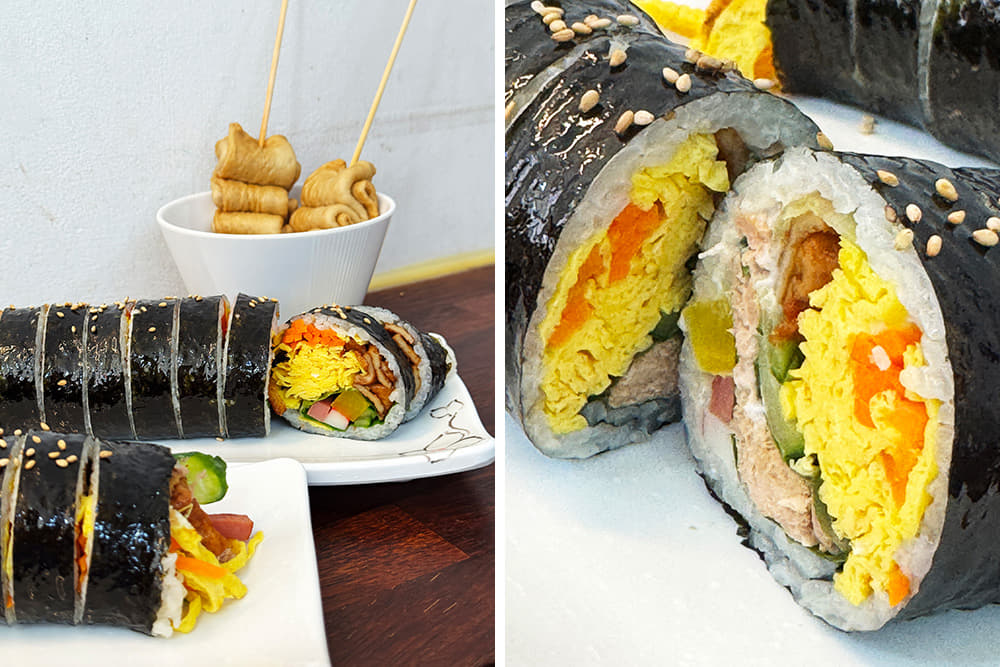
It includes stir-fried fish cake, thin egg slices, carrots, pickled radish, imitation crab, ham, and perilla leaves. The fragrant aroma of the perilla and the savory taste of the egg stand out. Your gimbap order is made directly after you order, insuring the freshness of the ingredients. You can also ask to remove ingredients you do not prefer, allowing you to enjoy it according to your taste. Gimbap is so familiar to Koreans that it would not be an exaggeration to call it their soul food. Recently, due to premiumization, prices have been steadily rising. Palpan Gimbap maintains reasonable prices while offering high-quality gimbap.
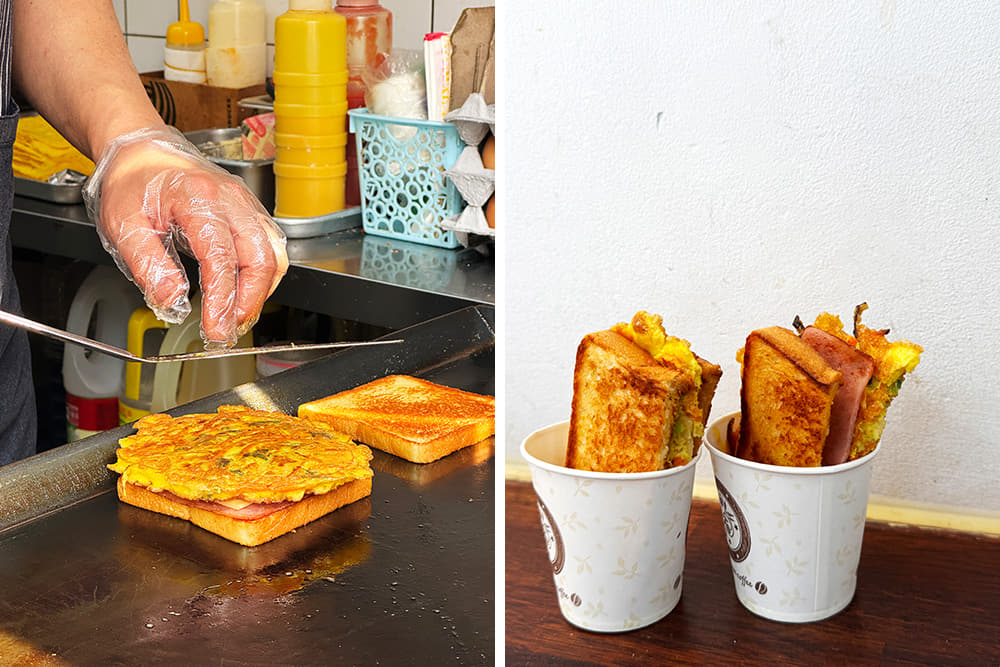
They also sell mini gimbap, tuna gimbap, cheese gimbap, kimchi gimbap, and kimchi-tuna gimbap. There are only four seats, and most customers order to-go. Their Palpan Toast is also a delicacy, made by thinly slicing various vegetables, mixing them with egg, pan-frying them like a jeon (Korean pancake), placing them between slices of grilled bread, and topping with sugar, ketchup, and mustard sauce. Depending on any additional ingredients you might prefer, you can also order ham toast, cheese toast, or ham-cheese toast.
Open from 9 AM to 7 PM. Closed on Mondays.
 1F, 36 Palpan-gil, Jongno-gu, Seoul
1F, 36 Palpan-gil, Jongno-gu, Seoul
 Line 3, Anguk Station Exit 1
Line 3, Anguk Station Exit 1

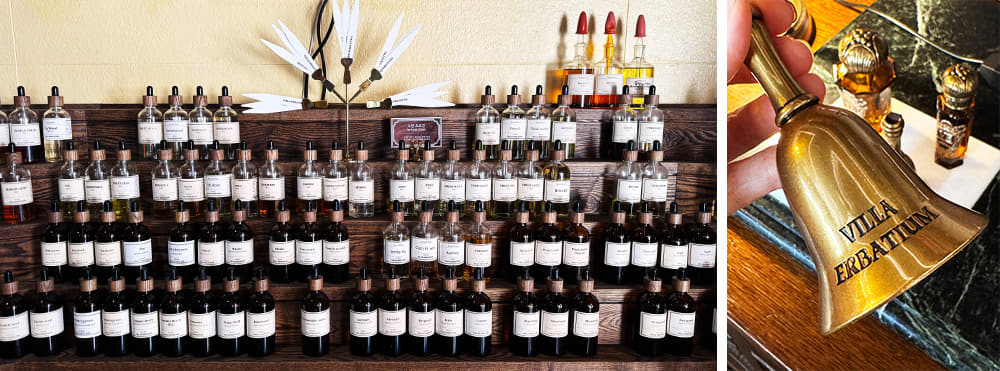
Villa Ervatium: A Place Where You Can Encounter the Scent of Seoul’s Mood
Villa Ervatium is a Korean niche fragrance brand. As it creates emotions between science and art, it is also called an “emotional perfume.” The brand name is a combination of villa (Italian for cultural space), erva (Italian for herb), and tium, the Korean noun form of “to sprout”, reflecting the belief that what comes from nature is best for people. The fragrances are made using natural extracts from flowers, leaves, stems, and roots.

Inside the store, which has a classical and elegant atmosphere, you can smell the scents while searching for one that suits your taste. Various visuals, music, and images related to the scent are presented, allowing you to experience the pleasure of scent through sight and sound as well. The collection of Villa Ervatium is divided into three categories: Bronze, Noir, and Casual. Each represents elegant and classic scents, strong yet delicate scents, and active emotional scents respectively. Each fragrance is composed with care so that it changes over time from the first to the last note. The brand recommends wearing the perfume alone without layering with others.
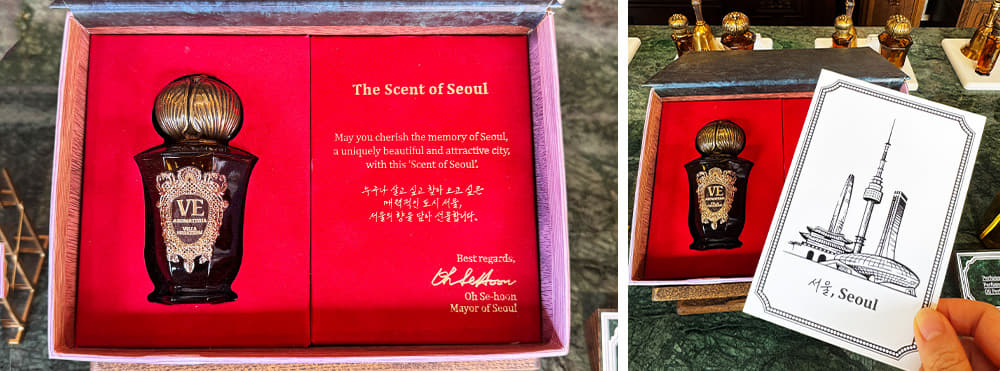
Recommended perfumes include Mossy Glen, which became famous after BTS’s RM purchased it, and Scent of Seoul, created in collaboration with the Seoul Metropolitan Government. Mossy Glen, blending fruit, floral herbs, and woods, depicts the Mossy Glen canyon of Scotland like a painting and is made with fig leaves, bamboo, and bay leaves. Scent of Seoul is created with hinoki (Korean cypress) and bay leaf. It begins with the scent of a Seoul dawn after rain, then transitions into a blend of bamboo and geranium, reflecting the complex yet minimalist charm of the city, and finishes with the floral woody notes of cedar, reminiscent of Seoul’s glamorous yet graceful night.
 1F, 15 Palpan-gil, Jongno-gu, Seoul
1F, 15 Palpan-gil, Jongno-gu, Seoul
 Line 3, Anguk Station Exit 2
Line 3, Anguk Station Exit 2
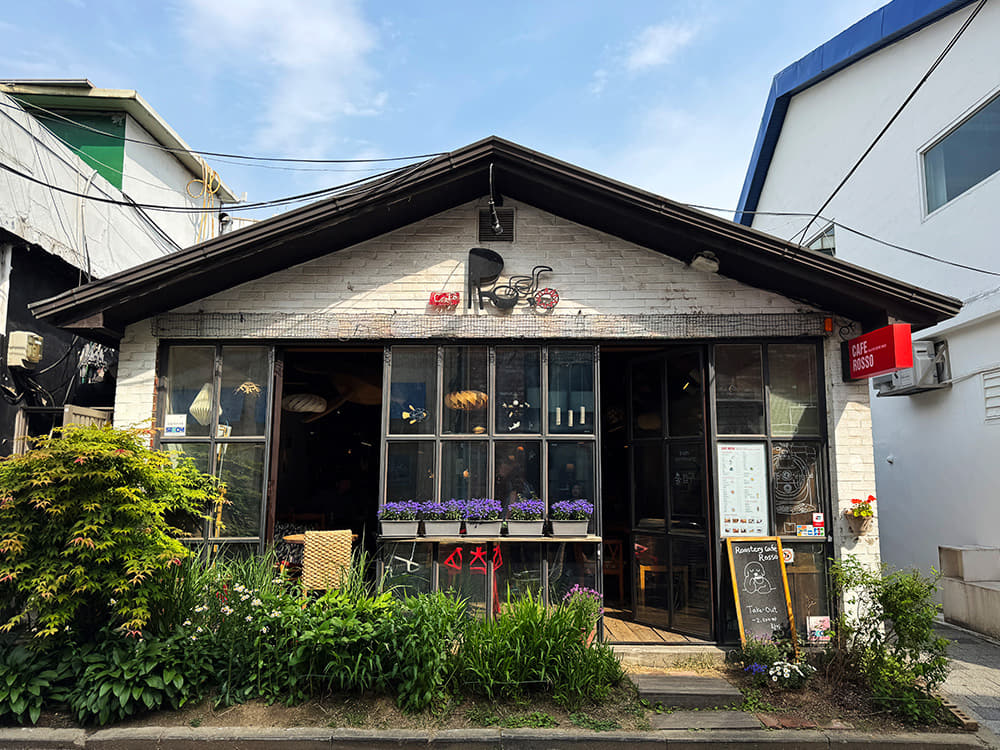
Rosso: A Roastery Café with a Vintage Interior
Café Rosso is where Dong-eun (Song Hye-kyo) and Yeo-jeong (Lee Do-hyun) first meet in the Netflix drama The Glory. Following the aroma of coffee beyond a carefully tended garden, you enter an open space under a gabled roof, without walls or columns. The floor, ceiling, tables, and decorations all use warm-toned wood, creating a cozy and gentle atmosphere.
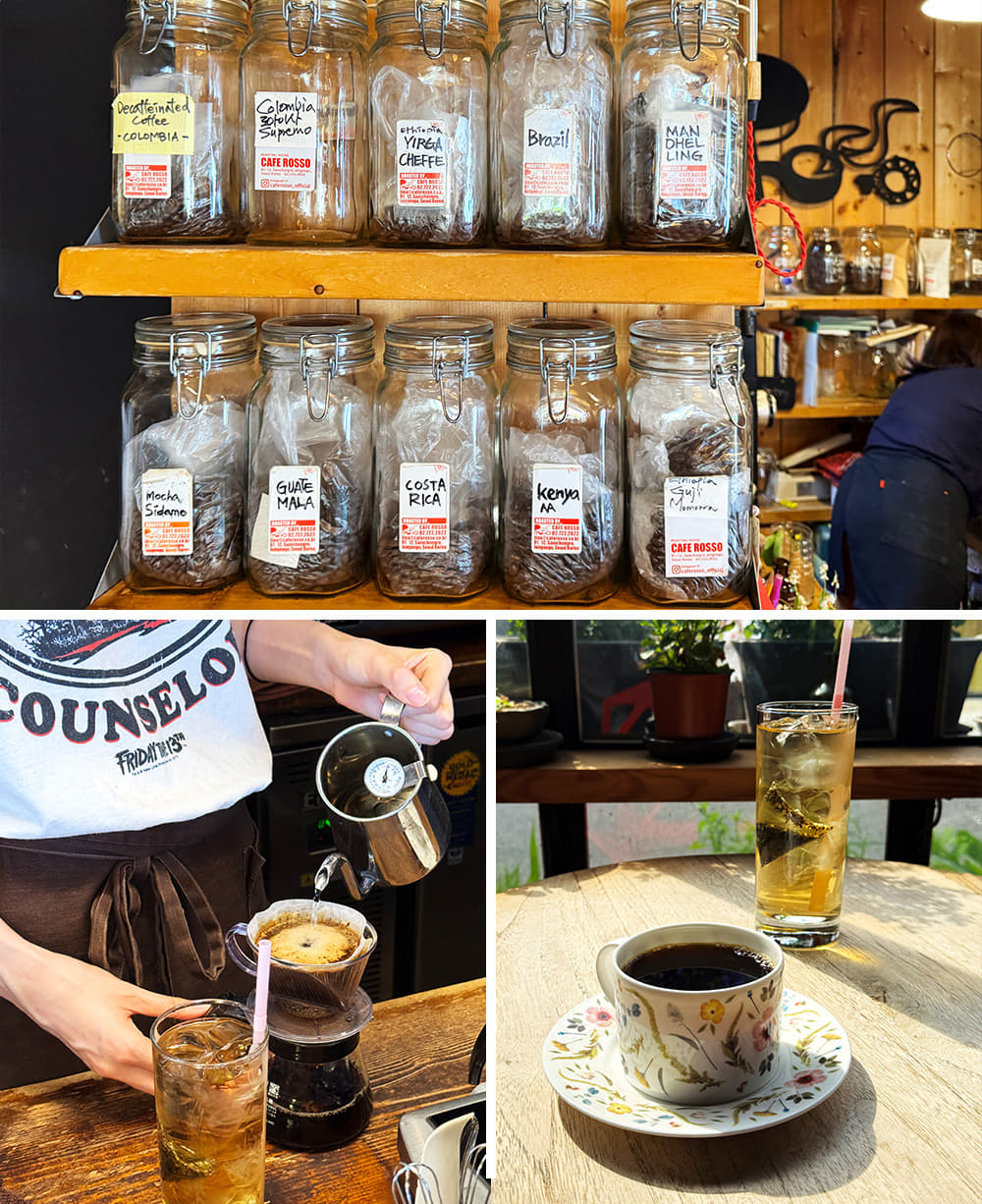
The café roasts beans three to four times a week and serves them at their peak flavor. Each day, a different blend is introduced as the “coffee of the day.” For those who want to enjoy the subtle scent and taste of coffee, drip coffee is recommended. They also offer various espresso-based drinks, teas, and ades, and paired with sandwiches, croffles, bagels, or toast, they make a great brunch. They also have a satisfying selection of desserts including homemade orange, chocolate, apple cinnamon, and mascarpone tiramisu cakes as well as an equally delightful though not homemade cream cheese cake.
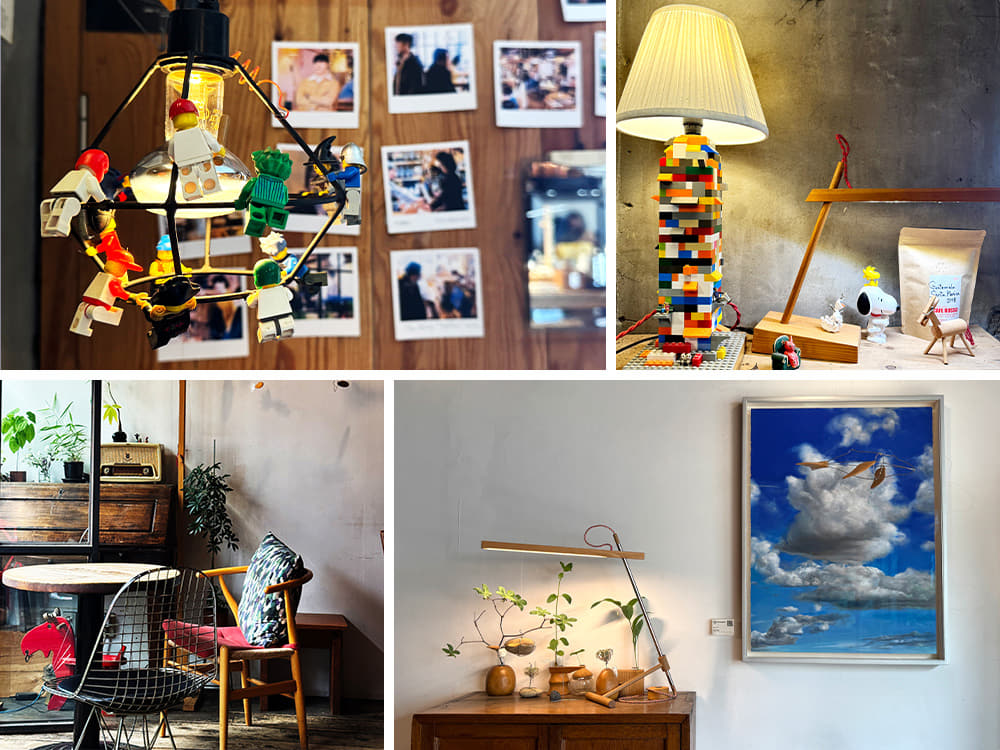
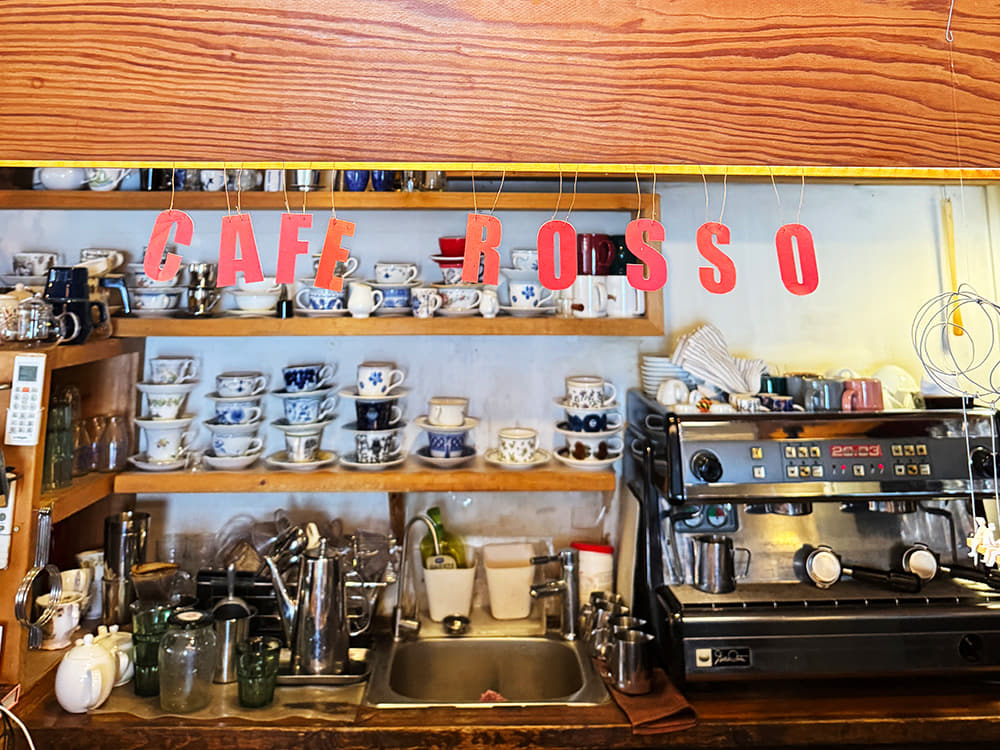
Since the late 2000s, the café has remained in the same location. The wooden interior, classic teacups, wooden lighting fixtures, and cute mobile artworks that create a vintage mood were all made by the owner’s husband as a hobby. “Rosso” means red in Italian. Coffee beans and drip bag sets are sold so that customers can enjoy Rosso coffee at home.
 81-12 Samcheong-ro, Jongno-gu, Seoul
81-12 Samcheong-ro, Jongno-gu, Seoul
 Line 3, Anguk Station Exit 2
Line 3, Anguk Station Exit 2
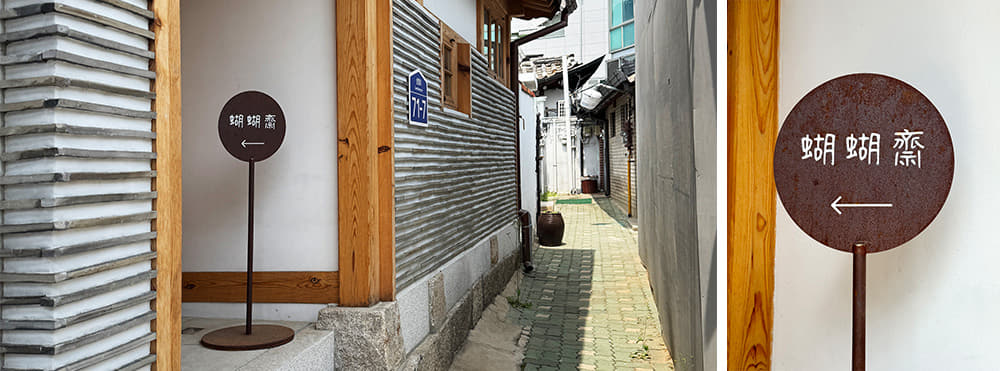
Hohojae: A Hanok Gallery Introducing Contemporary Korean Artists
Hohojae is a hanok-style gallery operated by Han Jung-hyun, a furniture designer and professor at Hongik University’s College of Fine Arts. The gallery presents works that are easy for the public to relate to. On the first floor, there is a cozy courtyard and a small flower bed. On the second floor, large windows offer a view of Palpan-dong’s hanok rooftops, allowing visitors to enjoy the beauty of Korean architecture. The building was designed by Jo Jeong-gu, the director of Gugado Architecture, who has pursued the modern transformation of hanok. It is said that this hanok was once the home of Han’s mother, and has now been revived. The name “Hohojae” uses the Chinese character for butterfly (蝴), but it also reflects the hope to create a space that brings out cheerful laughter (hoho).
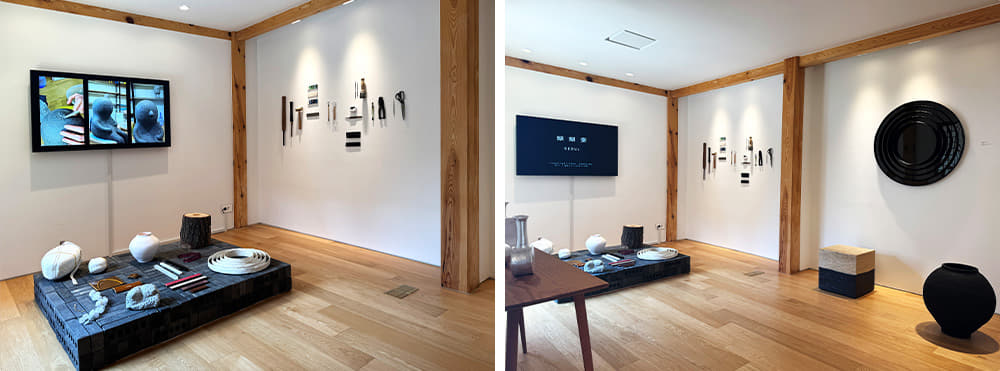
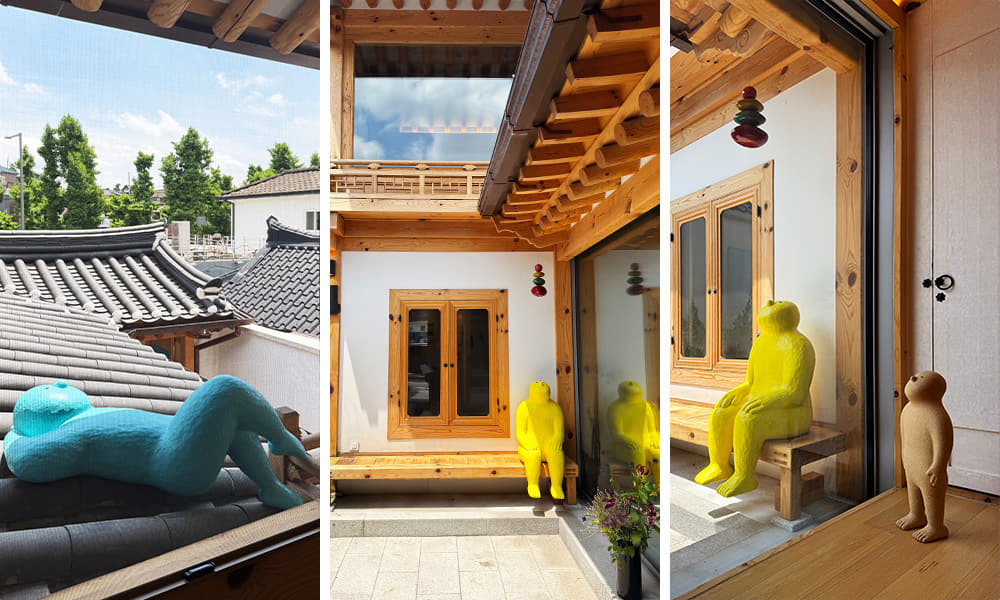
The exhibition The Rebellion of Slow Hands: Craft That Transcends Time is being held until June 17th. It aims to rediscover the essential value of time and craftsmanship through the hands of skilled artisans. Nine artists working in metal, ceramics, wood lacquer, and glass participate. The exhibition includes not only finished works but also the artists’ working processes, tools, and unfinished pieces, helping visitors reflect on the depth and temporality of craft. It hopes to bring attention back to the meaning of patience and focus, which are fading in modern society. The exhibition is free and can be visited without a reservation, and runs from Tuesday through Saturday from 11 a.m. to 7 p.m.
 71-7 Samcheong-ro, Jongno-gu, Seoul
71-7 Samcheong-ro, Jongno-gu, Seoul
 Line 3, Anguk Station Exit 2
Line 3, Anguk Station Exit 2